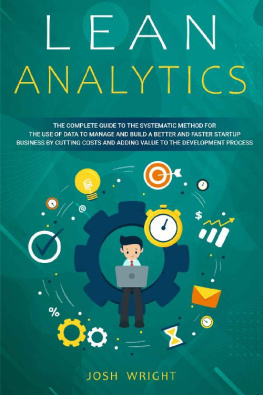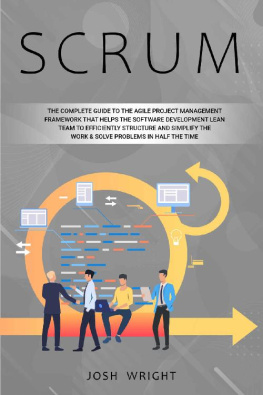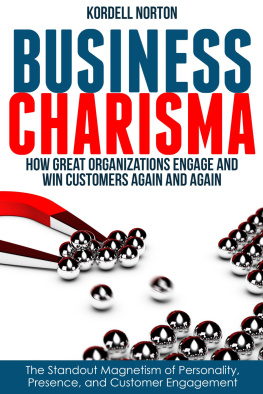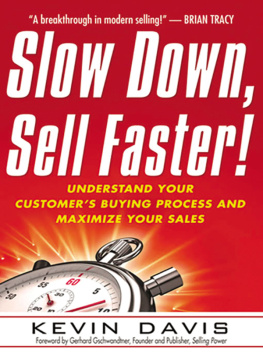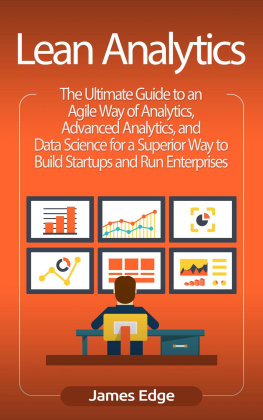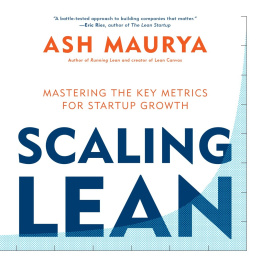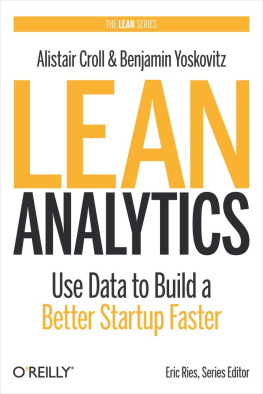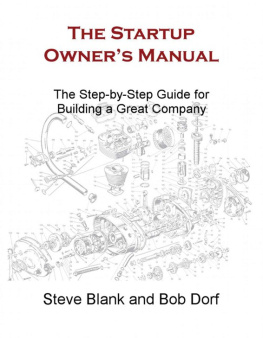Lean analytics:
the complete guide to the systematic method for the use of data to manage and build a better & faster startup business by cutting costs and adding value to the development process
JOSH WRIGHT
Table of Contents
Copyright Page
Copyright 2020 - All rights reserved.
The content contained within this book may not be reproduced, duplicated or transmitted without direct written permission from the author or the publisher.
Under no circumstances will any blame or legal responsibility be held against the publisher, or author, for any damages, reparation, or monetary loss due to the information contained within this book. Either directly or indirectly.
Legal Notice:
This book is copyright protected. This book is only for personal use. You cannot amend, distribute, sell, use, quote or paraphrase any part, or the content within this book, without the consent of the author or publisher.
Disclaimer Notice:
Please note the information contained within this document is for educational and entertainment purposes only. All effort has been executed to present accurate, up to date, and reliable, complete information. No warranties of any kind are declared or implied. Readers acknowledge that the author is not engaging in the rendering of legal, financial, medical or professional advice. The content within this book has been derived from various sources. Please consult a licensed professional before attempting any techniques outlined in this book.
By reading this document, the reader agrees that under no circumstances is the author responsible for any losses, direct or indirect, which are incurred as a result of the use of information contained within this document, including, but not limited to, errors, omissions, or inaccuracies.
Introduction
The central idea behind Lean Analytics is to enable a business to track and then optimize the metric that will matter the most to their initiative, project, or current product.
Setting the goal of focusing on the right method will help you see real results. Just because your business has the ability and the tools to track many things at once, does not mean that it would be in your best interest to do so.
Tracking several types of data simultaneously can be a great waste of energy and resources and may distract you from the actual problems. Instead, you will want to focus your energy on determining that one vital metric. This metric will make the difference in the product or service that you provide.
The method in your search for this metric will vary depending on your field of business and several other factors. The way that youll find this metric is through an in-depth understanding of two factors:
- The business or the project on which youre presently working.
- The stage of innovation that you are currently in.
Now that we have a basic understanding of Lean Analytics and what it means, lets take some time to further explore and see its different parts.
Lean is a method that is used to help improve a process or a product on a continuous basis. This works to eliminate the waste of energy and resources in all your endeavors. It is based on the idea of constant respect for people and your customers, as well as the goal of continuously working on incremental improvements to better your business.
Lean is a methodology that is vast and covers many aspects of business. This guidebook will spend sufficient time discussing a specific part of Lean, Lean Analytics. Here, you can learn how to make the right changes. Of course, you will need a working understanding of where to start, and Lean Analytics can help.
Lean is a method that was originally implemented for manufacturing. The idea was to try to eliminate wastes of all kinds in a business, allowing them to provide great customer service and a great product while increasing profits at the same time. Despite its beginnings, the Lean methodology has expanded to work in almost any kind of business. As long as you provide a product or a service to a customer, you can use the Lean methodology to help improve efficiency and profits.
For instance, how will you determine which metric will help you succeed? Which metric will prove to be the best and result in the most improvement compared to others? How will the metric help, how should it be implemented, and how can you ascertain if its successful in the end? Lean Analytics can help you gather the necessary information to find and work with the right metric.
Lean Analytics
Lean Analytics is part of the methodology for a lean startup, and it consists of three elements: building, measuring, and learning. These elements are going to form up a Lean Analytics Cycle of product development, which will quickly build up to an MVP, or Minimum Viable Product. When done properly, it can help you to make smart decisions provided you use the measurements that are accurate with Lean Analytics.
Remember, Lean Analytics is just a part of the Lean startup methodology. Thus, it will only cover a part of the entire Lean methodology. Specifically, Lean Analytics will focus on the part of the cycle that discusses measurements and learning.
It is never a good idea to just jump in and hope that things turn out well for you. The Lean methodology is all about experimenting and finding out exactly what your customers want. This helps you to feel confident that you are providing your customers with a product you know they want. Lean Analytics is an important step to ensuring that you get all the information you need to make these important decisions.
Before your company decides to apply this methodology, you must clearly know what you need to track, why you are tracking it, and the techniques you are using to track it.
Focus on the fundamentals
There are several principles of Lean that you will need to focus on when you work with Lean Analytics. These include:
- A strive for perfection
- A system for pull through
- Maintain the flow of the business
- Work to improve the value stream by purging all types of waste
- Respect and engage the people or the customers
- Focus on delivering as much value to the customer as effectively as possible
Waste and the Lean System
One of the most significant things that you will be addressing with Lean Analytics, or with any of the other parts of the Lean methodology, is waste. Waste is going to cost a company time and money and often frustrates the customer in the process. Whether it is because of product construction, defects, overproduction, or poor customer service, it ends up harming the companys bottom line.
There are several different types of waste that you will address when working with the Lean system. The most common types that you will encounter with your Lean Analytics include:
- Logistics: Take a look at the way the business handles the transportation of the service or product. You can see if there is an unnecessary movement of information, materials, or parts in the different sections of the process. These unnecessary steps and movements can end up costing your business a lot of money, especially if they are repeated on a regular basis. This will help you see if more efficient methods exist.
- Waiting: Are facilities, systems, parts, or people idle? Do people spend much of their time without tasks despite the availability of work or do facilities stay empty? Inefficient conditions can cost the business a lot of money while each part waits for the work cycle to finish. You want to make sure that your workers are taking the optimal steps to get the work done, without having to waste time and energy.
- Overproduction: Here, youll need to take a look at customer demand and determine whether production matches this demand or is in excess. Check if the creation of the product is faster or in a larger quantity than the customers demand. Any time that you make more products than the customer needs, you are going to run into trouble with spending too much on those products. As a business, you need to learn what your customer wants and needs, so you make just the amount that you can sell.

